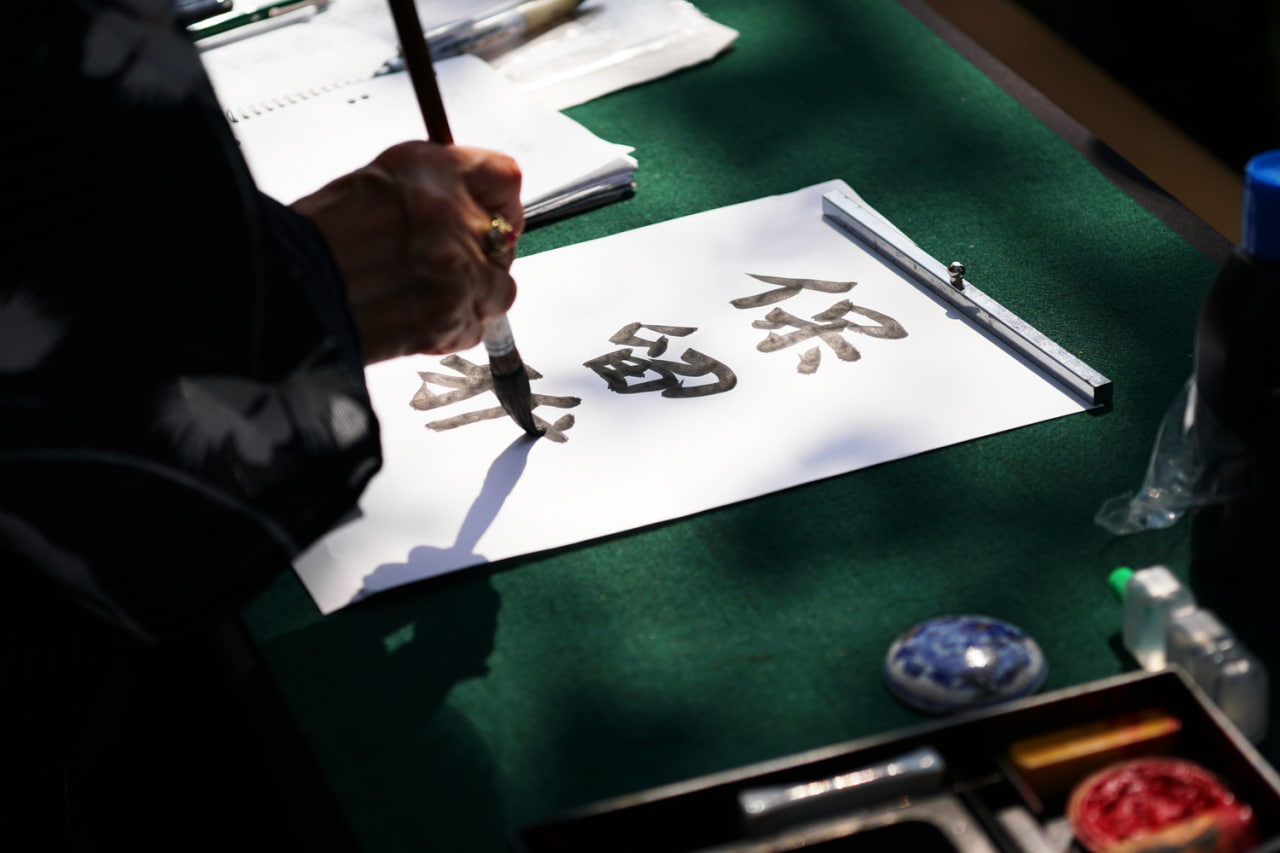The History and Evolution of Calligraphy Around the World
Calligraphy, the art of beautiful writing, has a long and rich history that spans cultures and centuries. From sacred manuscripts to decorative scripts, calligraphy has been used to communicate ideas, preserve history, and express artistic vision. Understanding the evolution of calligraphy helps us appreciate its cultural significance and inspires modern practitioners to incorporate traditional techniques into contemporary designs.
Calligraphy in Ancient Civilizations
Calligraphy has roots in some of the earliest civilizations. In ancient Egypt, hieroglyphs combined artistic and linguistic elements to record religious texts, governmental decrees, and historical events. Similarly, in Mesopotamia, cuneiform inscriptions on clay tablets represented one of the first writing systems, often incorporating stylized marks that reflected aesthetic sensibilities.
In East Asia, Chinese calligraphy emerged over 4,000 years ago, becoming a central part of education, philosophy, and culture. Characters were crafted with brush and ink on silk or paper, emphasizing balance, rhythm, and expression. The Japanese and Korean calligraphic traditions were influenced by Chinese techniques, evolving into distinct styles that continue to thrive today.
Calligraphy in the Middle East and Europe
In the Middle East, Arabic calligraphy developed as a highly revered art form. Rooted in the Quranic tradition, Arabic scripts combined spiritual meaning with artistic sophistication. Styles such as Kufic and Naskh evolved to decorate manuscripts, architecture, and ceremonial objects, reflecting both cultural identity and devotion.
In Europe, calligraphy flourished during the Middle Ages with the creation of illuminated manuscripts. Monks and scribes produced ornate works featuring intricate lettering, decorative borders, and gold leaf embellishments. The Gothic and Carolingian scripts became defining styles of the period, influencing the development of Western typography.
The Renaissance and Artistic Flourishing
The Renaissance marked a turning point in European calligraphy, blending classical knowledge with artistic innovation. Calligraphers such as Ludovico degli Arrighi and Giambattista Palatino refined italic and humanist scripts, emphasizing proportion, elegance, and legibility. Manuscripts and correspondence became not only functional but also highly decorative, showcasing the artistic capabilities of the written word.
Calligraphy in Modern Times
The twentieth and twenty-first centuries have seen a revival and reinvention of calligraphy across the globe. In the West, modern calligraphy blends traditional techniques with contemporary styles, incorporating brush pens, digital tools, and personalized lettering. Artists experiment with flourishes, textures, and mixed media, expanding the creative possibilities of hand-lettered designs.
In Asia, traditional calligraphy remains a respected art form, practiced by students and professionals alike. Cultural festivals, workshops, and competitions celebrate its enduring significance, while modern artists integrate traditional brushwork into innovative contemporary art pieces.
Calligraphy as a Global Artistic Language
Despite regional differences, calligraphy shares universal principles: attention to form, balance, rhythm, and aesthetic expression. Across cultures, it has served to document history, convey spirituality, and transform everyday communication into art. The global evolution of calligraphy demonstrates its adaptability, showing how centuries-old traditions can inspire modern creativity.

